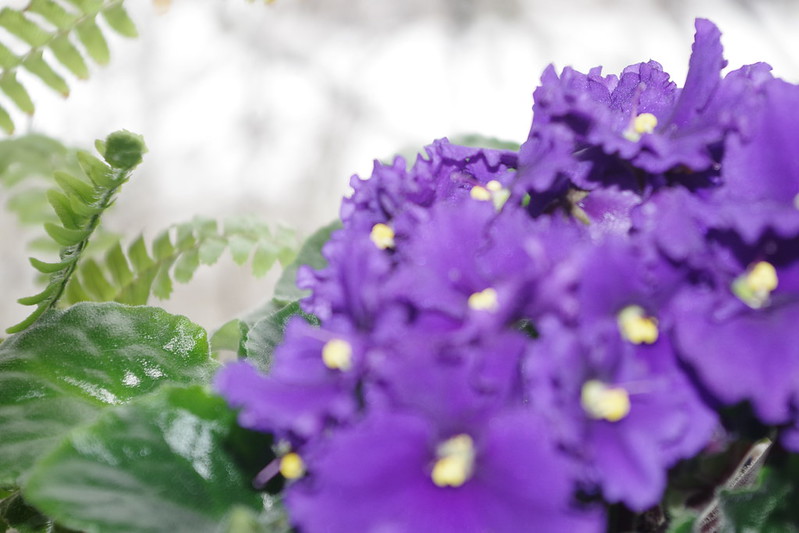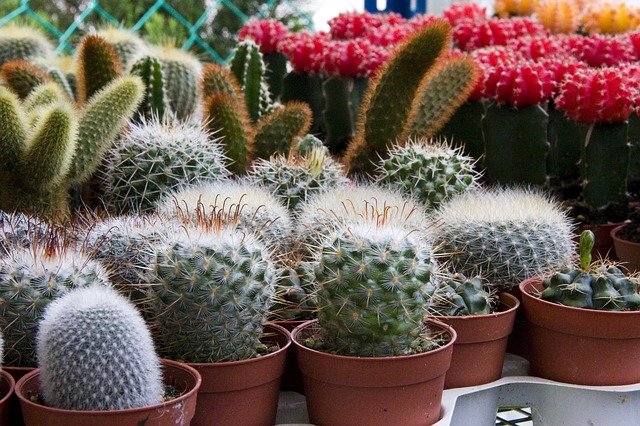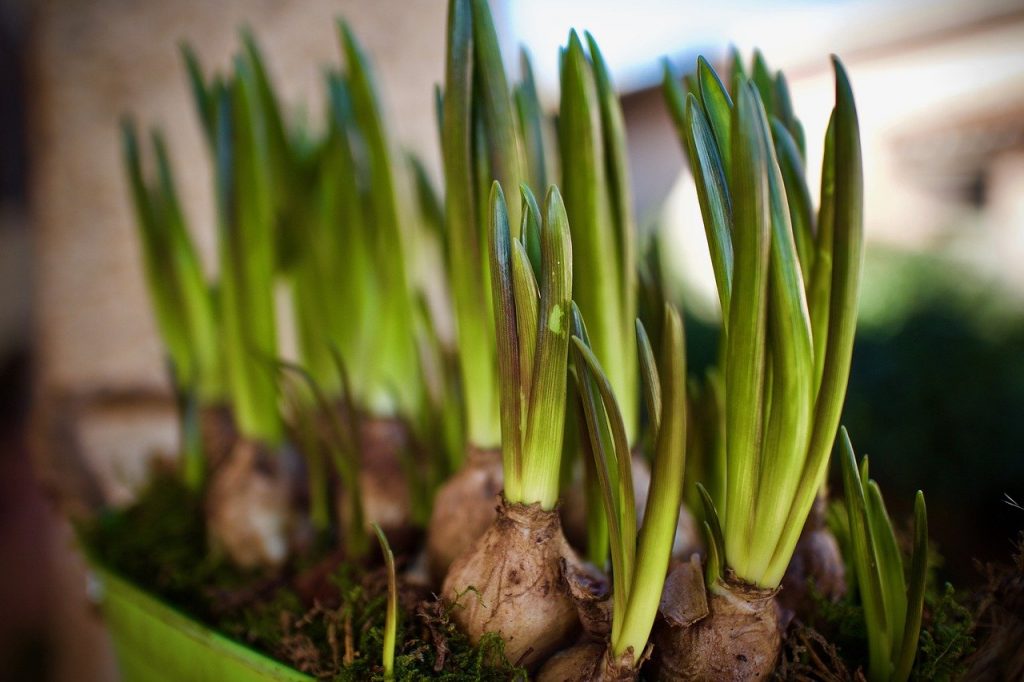If you want your indoor plants to be healthy and thrive for years to come, selecting the right houseplant compost is vital. Potting your houseplant in the wrong growing media can lead to it becoming unhealthy, or even dying.
The number of terms used when discussing houseplant compost can be a little confusing at first. So if you’re not sure how to choose the right compost for your plants, this article will guide you towards to the best choice for your houseplants.

Any houseplant compost needs to provide water, nutrients and oxygen to the root system of the plant. It must be free-draining but able to retain moisture, and must not become so compacted that the roots are starved of oxygen.
These are the basic requirements of any houseplant compost, but different types of houseplant will require subtly different compost mixes for optimum results.
Types of houseplant compost
Standard houseplant compost
If you’re looking for a general purpose houseplant compost that is suitable for many indoor plants you are most likely to choose this type of growing media. This type of houseplant compost is typically known as a multi-purpose compost or indoor potting mix.
Multi-purpose compost was traditionally peat-based but for a number of years there has been a desire to reduce the use of these composts due to the devastating environmental effects of peat extraction. A number of different peat-free composts are now available, involving different base materials such as coir, wood-fibre or composted bark. Since these composts may differ significantly in their structure and composition, their effect on plant growth and flowering may also vary.
Some common brands of general purpose houseplant compost are:
Cacti & Succulent compost
If you are growing cacti or succulents, you should choose a specialist compost which contains a high proportion of sand and grit. The compost should be free-draining so that the roots of the plant do not sit in saturated conditions that can cause rot, but it must still be able to absorb and retain some moisture.

Cacti and succulent compost contains a blend of inorganic compounds such as sand, grit or pumice, together with organic matter such as peat, loam or coir. Inorganic compounds improve drainage and aeration, while organic matter retains moisture and provides nutrients.
Many cacti and succulents grow best in an acidic compost, with a pH in the range 5 to 6.5.
A number of commercial cacti and succulent potting mixes are available:
- Growth Technology Cactus & Succulent Focus Repotting Mix
- Miracle Gro Premium Cactus, Succulent & Bonsai Compost
Orchid compost
Orchids appreciate a free-draining compost which is open in structure, providing good aeration around the roots. If orchids are grown in normal houseplant compost which may become compacted or soggy, it is high likely that they will suffer from root rot and fungal diseases.
Typical orchid composts, suitable for popular orchid species such as Phalaenopsis or Cymbidium, contain a mix of bark chips, peat moss and perlite. The organic compounds in these composts gradually decay so it is recommended that you re-pot orchids with fresh compost every one or two years, depending on the growth of the plant.
Carnivorous plants compost
Carnivorous plants have evolved to cope with low-nutrient environments such as peat bogs and require specialist composts; standard houseplant compost will kill them. The precise compost required will depend on the genera of the plants you are growing.
Sarracenia, Dionaea, Cephalotus and many Drosera will thrive in a ‘standard’ carnivorous plant potting mix of peat moss, sharp sand or grit, and perlite.
Nepenthes require a much more open compost, similar to orchid compost, comprising pine bark, sphagnum moss and perlite.
Mexican Pinguicula can tolerate various mixes, but I find they do well in a coarse compost of grit, sharp sand, perlite, baked clay and sphagnum moss peat; during winter allow the compost to dry out and treat them like succulents.
Always research the correct compost before growing new types of carnivorous plants – the wrong potting mix is probably the main reason that people experience failures when they start growing carnivorous plants.
Bonsai compost
Bonsai compost is specially formulated for the long-term health of deciduous or coniferous bonsai trees. The structure needs to be free-draining so that excess moisture drains away after watering and prevents root decay. On the other hand, the compost must be able to retain moisture and release it to the root system between waterings.
Bonsai composts typically comprise a mix of grit, organic compost, pumice or Akadama (a baked Japanese clay product). If Akadama is not available, other baked clay substrates can be used; even some types of cat litter can be used as part of the potting mix. Leaf mould and sand may also feature in bonsai compost mixes.
Compost for bulbs & corms
Bulb fibre is a specialist compost mix for indoor or outdoor bulbs and corms which are grown in pots or other containers. It has a very open, free-draining structure to ensure that the bulbs do not root. For this reason, it is important to check the watering of bulbs in containers on a regular basis to make sure they do not dry out completely. Bulb fibre often contains charcoal to keep the compost ‘sweet’.

Bulb fibre is relatively low in nutrients as bulbs will not need them if they are being grown in containers for short periods of time. A liquid feed can be beneficial during blooming.
African Violet compost
As the name suggests, African Violet compost is specially formulated for African Violets (formerly Saintpaulia, but now included in Streptocarpus) that need a slightly acidic potting mix which is porous and free draining. The compost mix encourages the development of a strong root system and plentiful blooms.
African Violet compost may also be used other flowering houseplants that appreciate the same type of potting mix, such as Cape Primrose (Streptocarpus), Flame Violet (Episcia), Goldfish Plant (Columnea) or Cyclamen.
John Innes composts
Unlike many potting mixes which are either peat based or contain peat substitutes, John Innes composts are soil based. John Innes composts originated in the 1930s and were developed at the John Innes Horticultural Institute. Modern John Innes composts may differ from the original formulations, and there is some variability in the mixes offered by different producers. There are several different John Innes composts, each designed for a specific horticultural purpose:
John Innes Seed Compost
This John Innes mix is used for seed sowing and growing on until the seedlings are ready to be transplanted to larger pots. Also good for rooting cuttings.
John Innes Compost No. 1
This mix is designed for young plants, such as seedlings that have been ‘pricked out’ or for cuttings which have developed their own roots. It is intended for short-term planting, such as raising bedding plants or vegetables which are then planted on outside.
John Innes Compost No. 2
This John Innes potting mix contains twice the amount f nutrients as No. 1 and is intended for established plants. It is ideal for a number of houseplants (except those that require specialist composts as mentioned above) and for plants that will be grown in containers for some time, such as patio vegetable pots.
John Innes Compost No. 3
This is the ‘richest’ John Innes potting mix, with three times the level of nutrients as No. 1. This potting mix is intended for houseplants that will remain in their pots for some considerable time, as well as established shrubs or trees including fruit bushes and vines. It is also good for strong growing, heavy feeders such as tomatoes and chrysanthemums.
John Ericaceous Compost
This is a specialist potting mix for lime-hating plants that require an acidic compost, such as Azaleas and Rhododendrons, Pieris, Heathers and Camelias.